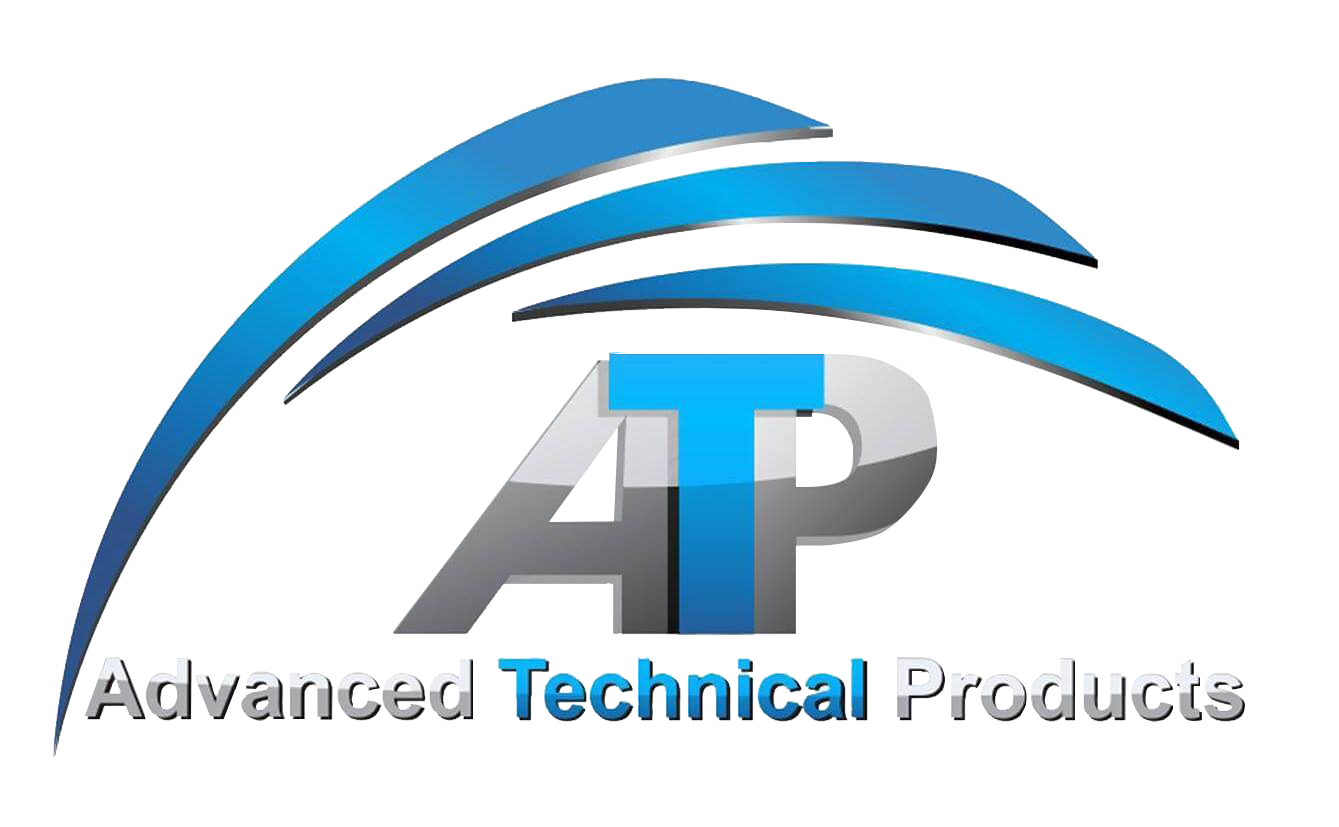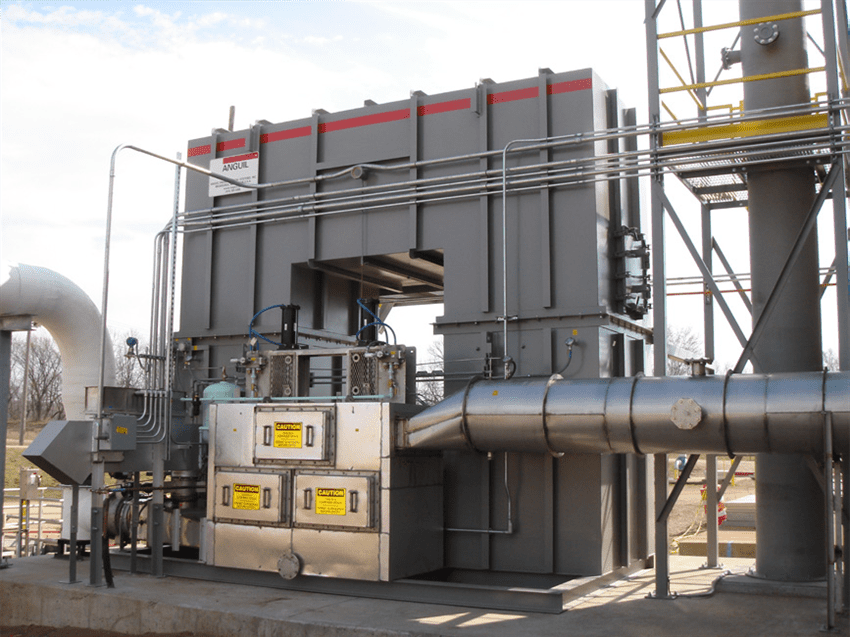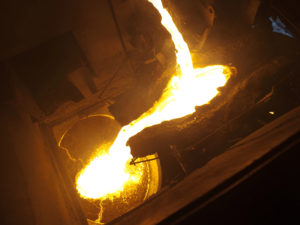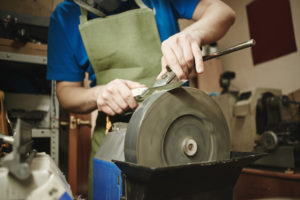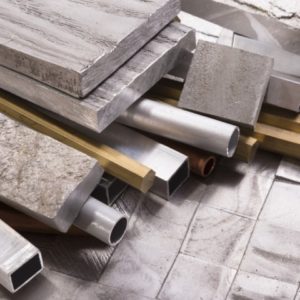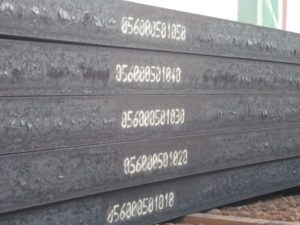The Regenerative thermal oxidizer (RTO) is currently the leading technology employed in the capture and destruction of pollutants due to the low concentrations of emissions coming from paint booths.
While RTOs are extremely effective, they are dependent on a continuous flow of emissions from the process to power the combustion of the incoming contaminants.
By employing a concentrator, exhaust streams at or near ambient temperatures can be concentrated to a point where the airflow delivered to the oxidizer can be decreased by a factor of between 8 to 20.
Not only is this greatly reduced flow generally rich in emissions, but it will also result in greater cost-efficiency when it comes to operating the oxidizer system.
Background
Water-based, or waterborne coatings, finishes and architectural paints have replaced solvent-based options in approximately 60% of the world market. These more environmentally friendly waterborne paint alternatives are estimated to have a market share of between 80% and 85% in the United States alone.
Where durability and/or a smooth surface finish is an important factor, solvent-based paint is still the preferred choice for finishes on machinery, appliances and automobiles. Solvents are also used in the production of special-purpose coatings such as traffic, maintenance and marine paints.
Solvents are oil-based chemicals that emit hazardous air pollutants (HAPs) and volatile organic compounds (VOCs) during the application and drying stages of production. Water-based paints reduce the use of solvents, and as a result, toxicity levels.
Not only are HAPs and VOCs carcinogens, but they also factor into smog and ozone problems if released directly into the atmosphere. Water-based paints reduce but do not completely eliminate, the use of solvents.
When looking at replacing solvent-based paints with water-based paints to avoid the need for air pollution control equipment, manufacturers should first liaise with the appropriate local regulatory bodies.
Factors such as potential emissions from a facility and the facility’s location (non-attainment or attainment area) may mean manufacturers that the use of water-based coating might not fully eliminate the need for emission control equipment.
Capture and Destroy
Emission control equipment focuses on two main elements or devices: a capture mechanism and a destruction mechanism. The overall effectiveness of an emission control system is determined by the efficiency of the individual removal and destruction systems.
Employing the appropriate emission reduction technology on paint, coating and finishing applications can, in fact, lead to lower environmental compliance costs for controlling airborne contaminants. Processes used in paint booths emission treatment can also be used in curing ovens, industrial coaters and finishing lines.
The last two decades have seen Environmental Protection Agency (EPA) regulations under the Clean Air Act push emission capture efficiencies towards the point where the atmosphere is almost completely protected from these emissions.
One factor is the use of efficiently designed enclosures and hoods. These not only protect employees from potentially harmful exposure to escaping emissions from paint overspray, but also the wider community.
Read more: Advances in Paint Fume, Emission Control Techniques and Technology
